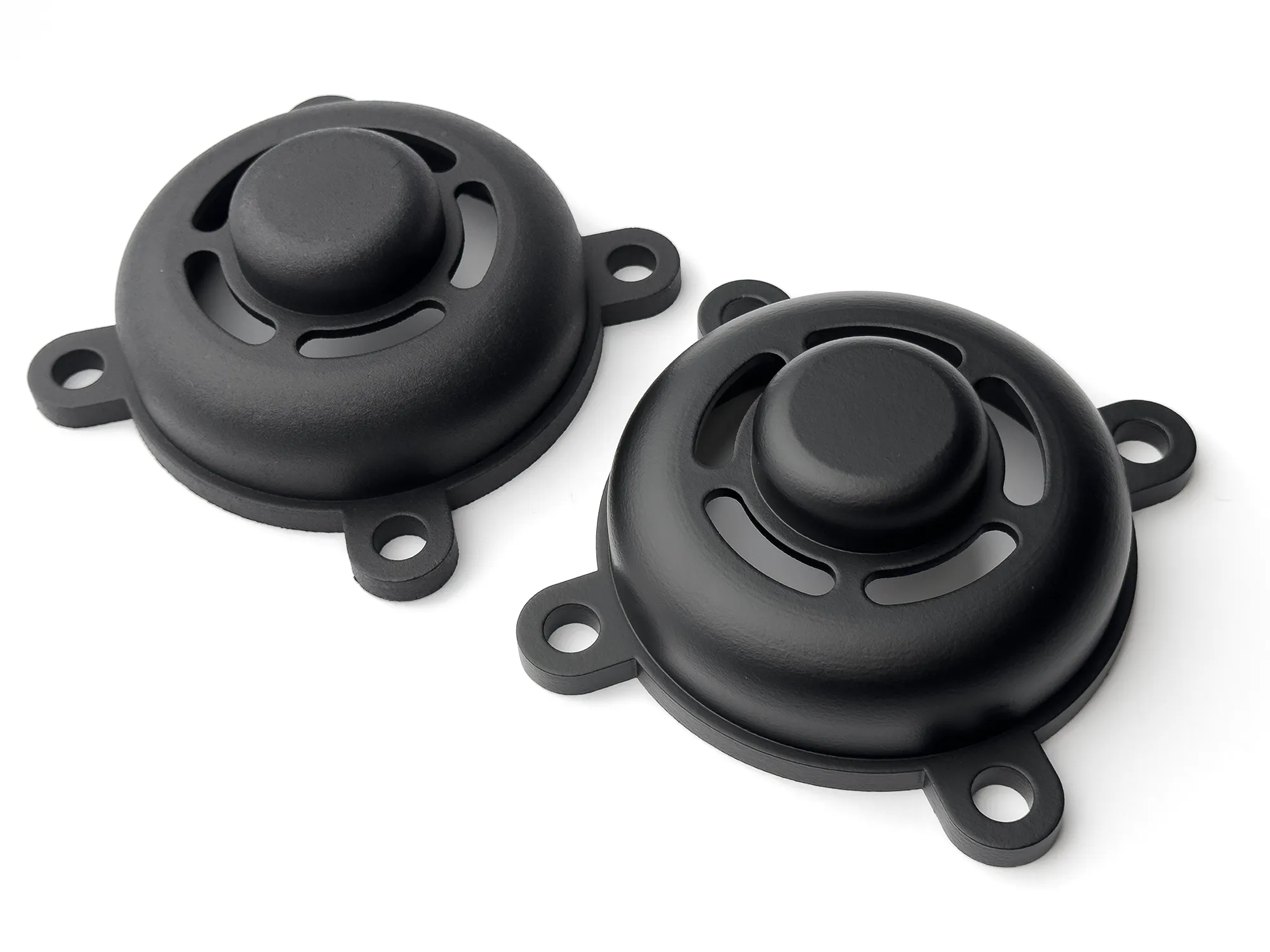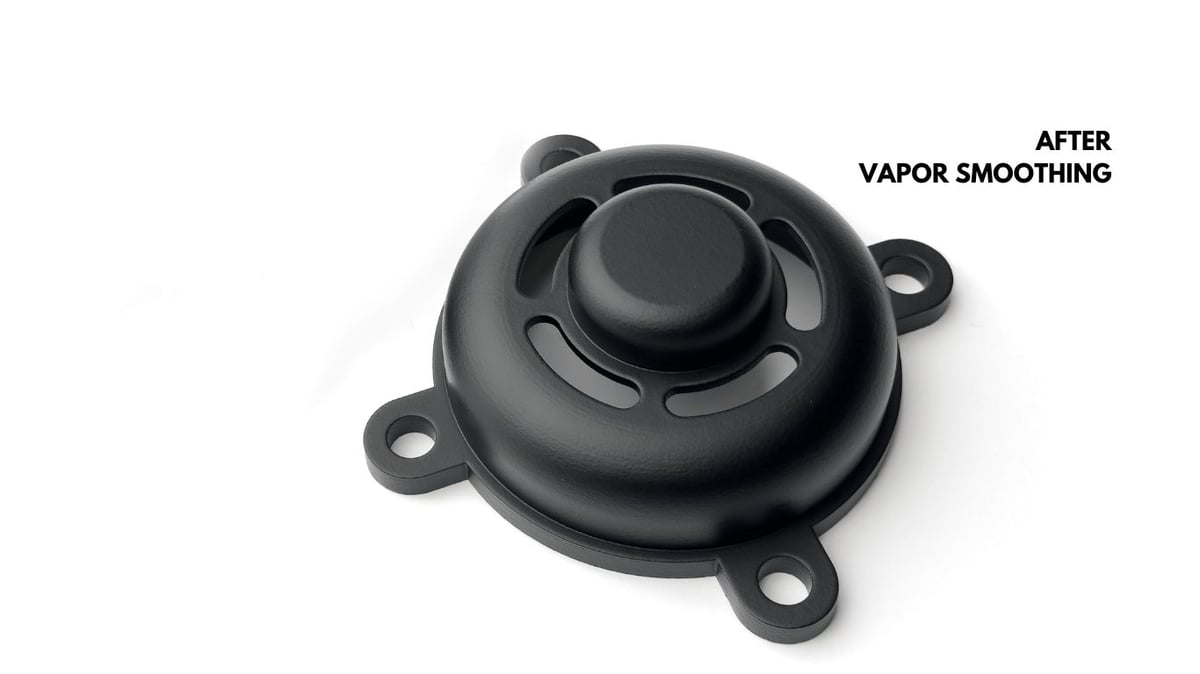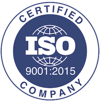VAPOR SMOOTHING
The vapor smoothing technique represents an advanced finishing process in the field of 3D printing, aimed at enhancing the aesthetic quality of manufactured parts. Through the evaporation and condensation of a solvent, this method aims to make the surface of objects homogenous.


VAPOR SMOOTHING VIDEO
Premium aesthetics
Vapor smoothing is an innovative technique in the field of 3D printing that significantly improves the surface finish of manufactured objects. This process uses various solvents to remove visual imperfections from printed objects, making their surface smooth and semi-gloss. The application of this technique not only enhances the aesthetics of the materials but also increases their impermeability, as surface porosities are sealed.
Improved properties
This technology achieves levels of surface finish comparable to those obtained with more traditional production methods. It can be applied to a wide range of thermoplastic materials that are commonly used in 3D printing, thus offering great versatility in improving the properties of manufactured products.
Perfect surfaces
In contrast to manual techniques such as sanding, vapor smoothing preserves the integrity of geometric details and features of the part. It does not cause scratches or abrasions, keeping the surface quality intact. This makes the process particularly advantageous for applications requiring high aesthetic precision without compromising the structure of the object.
INSTANT QUOTE FOR YOUR PARTS
IMAGE GALLERY
What is vapor smoothing
Vapor smoothing is a post-process technique used in 3D printing to improve the surface finish of printed components. This process uses the heat and condensation of steam to smooth and even the surface of the part, reducing the typical imperfections caused by the printing process.
The process
The vapor smoothing treatment is carried out in a special sealed chamber, equipped with a heating and vapor feed system. The 3D-printed component is placed inside this chamber. Steam resulting from the heating of a solvent is then injected into the chamber. The vapour condenses on the surface of the part, this phenomenon leads to a partial softening of the surface of the material, which is smoothed by surface tension. This effect smoothes and evens out the characteristic porous surface caused by Multi Jet Fusion printing, creating a smooth and homogenous finish. The duration of the treatment varies depending on the material, the size of the component and the desired degree of finish.
Advantages of vapor smoothing in 3D printing:
-
Vapor smoothing transforms the surface finish of 3D printed objects, removing visual imperfections and creating a glossy surface, depending on the solvent used. In addition to improving the aesthetic qualities of the material, the process also improves its impermeability as surface porosities are closed during the process.
-
It allows surface finishes similar to those of traditional manufacturing processes.
-
It can be applied to a wide range of thermoplastic materials commonly used in 3D printing.
-
It preserves the geometric details and features of the part.
-
Compared to manual sanding, it does not cause scratches or abrasions on the surface.
Critical factors
-
The material of the printed part must be compatible with the treatment.
-
Slight dimensional variations or geometric distortions may occur, which must be evaluated in accordance with the required tolerances.
-
The process is not recommended for components that are too thin (less than 2 mm thick) as it would result in excessive deformation.
- The treatment may result in small imperfections due to fixing during the process.
Process parameters:
The key process parameters for vapor smoothing in 3D printing are:
-
Quantity of solvent used.
-
Treatment duration: can vary from a few minutes to several hours, depending on the material, part size and desired degree of finish.
Vapor smoothing in Weerg
In Weerg's vapor smoothing solutions, materials used include Nylon PA12 and Nylon PA12 White, which are known for their excellent strength and versatility in a wide range of applications. These materials, when subjected to the vapor smoothing process, not only show significant improvement in terms of aesthetics and surface strength, but also retain their characteristic mechanical properties. Weerg distinguishes itself by offering unique customisation options, allowing customers to choose from finishes in black, white and, upon specific request, any other colour. This flexibility opens up new frontiers in product customisation, allowing designers and engineers to create components that perfectly match the needs of specific projects, both functionally and aesthetically. With Weerg, vapor smoothing becomes an even more powerful and versatile tool for those seeking high-quality 3D printing solutions.
Conclusion
Vapor smoothing is an effective solution for drastically improving the surface finish of 3D printed components. By offering superior aesthetics and removing typical print porosity, this technique achieves results comparable to those of traditional manufacturing processes. A further advantage is the availability of the treatment for standard black, white and natural grey colours, as well as the possibility to request any other customised colour. Overall, Weerg's vapor smoothing is an attractive option for improving the aesthetic and functional quality of 3D printed components for a wide variety of industrial applications.
QUOTE IN 1 SECOND WITHOUT COMMITMENT
UPLOAD YOUR 3D FILE AND GET A QUOTE FOR YOUR PARTS NOW!
Upload your 3D file to get one step closer to manufacturing your parts.







